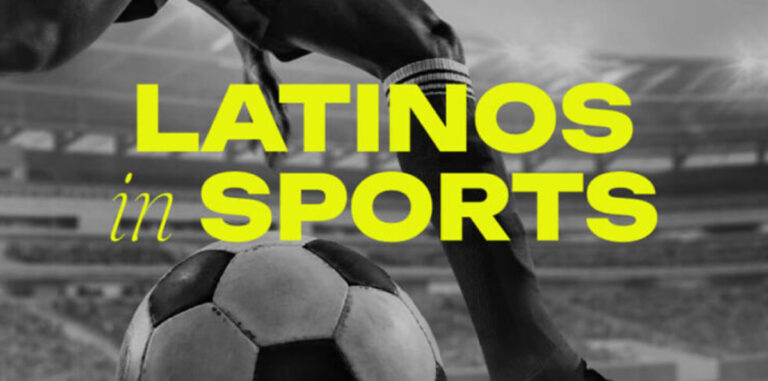It’s a continuous bargaining process. Media properties, particularly those that own the TV rights for the World Cup, are trying to sell space as high as possible. Advertisers play it cool and posture. In fact, many clients pretend and say they are only interested in advertising starting in July.
“World Cup selling season will continue to the very end , or the beginning of the World Cup, as sponsors and advertisers are leveraging "time" to extend negotiations” Felix Sencion, publisher of Futbol Mundial tells Portada.
“We are advertising around World Cup themes from right now until July 12, together with Coke and Sony which are sponsors of Fifa”, Teresa Iglesias Solomon, VP Multicultural Initiatives at Best Buy tells Portada.
Part of the campaign, which is done in TV, print, radio and online evolves around the At15.com website, a custom site published by Best Buy that targets teens and offers them social networking tools, games, contests and events. “The bulk of what is going to be done is going to be around World Cup. We will have a much stronger presence than 4 years ago, because of the digital package,” Iglesias – Solomon adds.
Marla Skiko, SVP/Director of Digital Innovation SMG Multicultural, who buys digital media for Best Buy, says “that the World Cup World Cup is an important component for several of our advertisers' plans. Depending on their objectives and messaging strategies, we are incorporating World Cup as it makes sense to meet their needs. More and more this involves a 360 degree approach so that we're connecting with Hispanic consumers wherever and whenever they go for World Cup games, content and discussions.”
Regarding on what parts of their budgets clients have invested, Skiko notes that at this point it totally depends on the client. Each client plans on a different fiscal and commit varying percentages long term vs. short term.”
Skiko thinks that “Telecom, Retail, Beverages will be strong for World Cup advertising. Even auto should begin to rebound.” On the softer side, she says that “depending on their objectives World Cup may not make sense from an out of pocket standpoint, so some brands perhaps within categories like retail or CPG may not spend or won't get directly in the games but may seek ancillary content that touches WC or capitalizes on the momentum during the time period.”
Alexandra Zanic, Marketing Manager at Maya Publishing Group in Miami, says that “Ad selling for weekly magazines will be over by April.” Maya Publishing Group publishes the weekly soccer magazine Record. The regular publication has additional products to offer advertisers such as a “World Cup History Brochure, a World Cup Collectable Calendar and merchandising”. Among the strong categories she includes “Some male targeted brands such as deodorant, plus WC sponsors: Beer, credit cards, soda, etc.”. Zanic sees sporting goods on the weaker side.
Futbol Mundial’s Sencion thinks that “Home improvement, insurance, domestic auto, imported beer and wireless, technology are going to be strong, with “Import Auto and domestic beer on the softer side.”
TV
Univision has the rights for the World Cup and has sold a sizable amount of its advertising inventory. The top 5 advertisers on Univision’s three networks (Univision, Telefutura and Galavision) during the World Cup in 2006 were: Coca Cola ($12.018 million), Sabmiller, ($10.335 million), General Motors ($10.334 million), Anheuser Busch (10.056 million) and Verizon Communications ($10.047 million).
Newspapers
Newspapers have a strong local component and their World Cup supplements and grassroots activities (e.g. contests, events) can be an important way for brands to communicate with Hispanics. Greg Anthony, SVP of Alloy Access, the multicultural division of the marketing firm Alloy Inc, sells advertising in Hispanic newspapers nationwide to national advertisers. Anthony tells Portada that “several of our newspapers are having great pull-out sections and we have seen everything from tournament grids, to player profiles and even posters within the newspapers that can be mounted on the wall. He sees strong telecommunications, automotive and financial categories. “I have not seen much from retail”, Anthony adds.
Anthony thinks that the newspaper World Cup selling season will be over by mid-April.
Mike Cano, publisher of El Latino, a weekly newspaper in San Diego, CA says that “From what I have seen, national advertisers that ran in 2006 are not coming back this year. This includes the beer, auto and telecom categories. I believe budget are very tight for print product this time around. Print products will have to depend heavily on local sale to make their sales goals for the World Cup.







